Last week, the Fiscal Year 2025 President’s Budget was released, along with the Congressional Justification outlining the NOAA component of that budget. The proposed budget for Integrated Ocean Observing System (IOOS) Regional Observations is $10 million, a reduction of more than 76% from fiscal year 2023 and 2024 enacted levels, and less than any funding level for the program since its inception in the 2008 federal budget. If enacted, funding at this level would cripple the IOOS system. The Regional Associations (including AOOS), will be unable to maintain observing infrastructure, including equipment in the water, data management, and the data services out to users.
More than ever, we need our partners, supporters, and user communities to send a strong message to Congress. Please add your name on one of our sign-on letters (deadline April 10), whichever is most appropriate for you based on your ability to advocate for funding:
- Your name on this letter will oppose the President’s Budget request and advocate for specific funding levels for the IOOS Region
- This letter demonstrates your support for IOOS without a specific funding level request.
In both cases, the Google sign-on form allows for you to add a comment about how IOOS benefits you. Concrete examples of IOOS benefits from users and partners is enormously helpful in persuading Congress of the value of the program.
For awareness, the IOOS Association transmitted a letter to the Secretary of Commerce to build awareness of the value of the long-standing data and services of the IOOS Regional Associations and their direct benefit to NOAA’s stated fiscal year 2025 priorities. It includes a lot of helpful information about IOOS and its service delivery in support of decision-making.
The IOOS Association is a nonprofit organization that supports the U.S. Integrated Ocean Observing System (U.S. IOOS) and its mission to provide quality and timely information about our oceans, coasts and Great Lakes. The Association works with the 11 Regional Associations and 17 Federal partners to create a national network that meets the diverse needs of users across the nation and to educate the public about the system.
